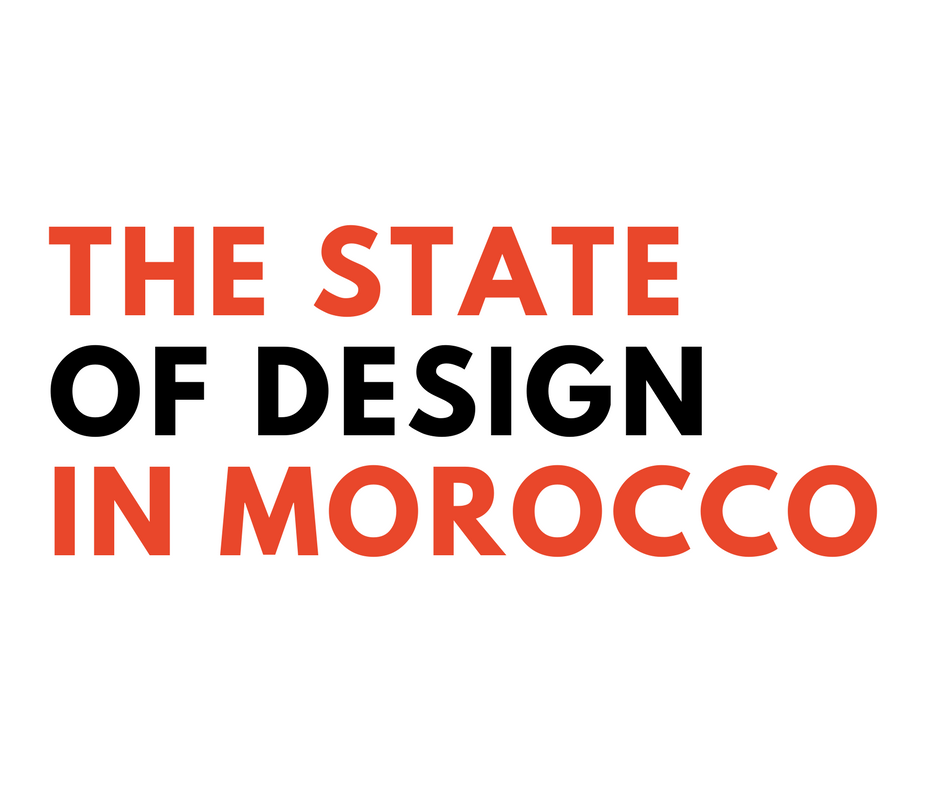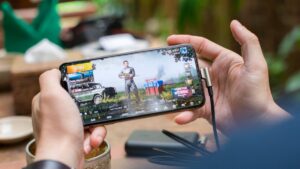The State of Design in Morocco (Part 1)

This is a new initiative to promote usability and great design in Morocco, through websites and apps redesigns, as well as case studies. Through this series of posts, my aim is to look into bringing Morocco to the front in terms of design by improving the state of design among companies and agencies, as well as educating clients and users.
After coming across a very interesting article on the state of design in Africa, I started thinking about publishing something on the state of design in Morocco, because there are so many important things to bring up about this subject.
As a UI/UX designer, the only question that comes to mind when I take a look at the most visited websites in Morocco is: WHYYYYYYYYY?
We have a huge potential in terms of talented designers, however the overall landscape of design in Morocco is weak, underperforming and poor.
In this post, I will talk about one of the reasons I believe why Moroccan websites and apps suffer design-wise:
We don’t have a design education. We don’t have designers, we have graphic designers.
Henri Lotin, a UI/UX designer from Cameroon, highlighted one of the few reasons the web industry in Africa is taking a hit: the educational system in Africa doesn’t recognize much web-based skills. Let me explain.
In Morocco most specifically, our educational system revolved more around web development modules than design ones. We have talented engineers and developers, able to come up with strong and complex applications. However, we’re falling short on a design formal education, resulting in poor interfaces or design misconceptions. There are many schools in Morocco that offer design curricula, however we don’t have training centers for people to become certified UI/UX designers or UX researchers, applying an Agile user-centric approach to solve design problems.
In a survey I conducted with 15 designers, only 5 identified themselves as UI/UX designers. The blurry line between graphic design and UI/UX design in the workplace begs for a better design education through workshops, online courses and even design training centers.
There’s a huge gap between web/mobile development and design in Morocco that needs to be bridged, because now, more than ever, collaboration between developers and designers is key to a great product.
Most of the designers surveyed stated that the quality of web and mobile applications is mediocre, and some of them even explained why the landscape of design in Morocco is suffering:
“Put bluntly, the design industry in Morocco is middling , and good designers are forced to take poor quality jobs, at poor quality wages, with only limited opportunities for growth in an industry that hasn’t yet learned to deal with an environment where the role of the traditional designer is changing and maybe disappearing.”
The part about the role of a traditional designer is true, because now, design encompasses so much more than delivering a PSD file. It is a process where online education isn’t enough, it’s where a hands-on approach is much needed, through workshops and trainings. A web or mobile designer needs more than a tutorial on how to push pixels, they need to learn how to:
- Conduct user research, draw personas and user segments;
- Wireframe solutions and collaborate with business and marketing experts to figure why a user would click on component A and not component B;
- Apply mobile-first approach and a user-centric method to “humanize” the app for a better user retention;
- Conduct several user testings to gather feedback;
- Collaborate with developers to figure out the feasibility of a design;
- Educate clients on design trends, design constraints and why this piece of s*!t design suggested by the client won’t work.
And so much more.
All in all, designers in Morocco need to be recognized not only as Photoshop/Illustrator experts, but also as a vital part of the “how can we solve this problem for our users?” conversation. And this can only happen if a designer is well-educated for that matter, and only if the workplace environment allows it .
Next, we will delve into a case study of the most painful web and mobile experiences of Moroccan websites, in order to understand how redefining design in Morocco is crucially important.


